Expansion tank for closed heating: operating principle and device + how to choose and install in the system
Properly selected and connected expansion tank for closed heating plays an important role. It will protect the heating circuit and extend the working life of the equipment. A closed sealed container eliminates the need to repair the system endlessly and change devices. It’s worth getting to know her. Truth?
We will talk about how to choose a closed model of the expansion tank in accordance with the technical data of the system. We will show you how to correctly install and connect it. In addition, the article provides recommendations that must be observed to extend the life of the equipment.
The content of the article:
Purpose of closed tanks
All of them, regardless of volume, performance, are designed to level the expansion coolant (special liquids, water), which occurs when its temperature rises.
This is done in order to avoid destructive water hammerdamage to fittings, fittings, pipe rupture heating systemsextruding pads.

Example: the heat carrier (water) expands by four percent with an increase in temperature to 95 ° C. What is enough for the failure of an engineering system.
Expanzomat device and components
Any such modern product consists of the following structural elements:
- housing;
- chambers for the heat carrier;
- a gas chamber where ordinary air or inert gas is pumped;
- membranes.
The option of filling the gas chamber with inert gas is more preferable, because it provides the tank with greater durability. But ordinary air is more affordable.
The membrane is made of elastic materials, therefore it is able to change its position with increasing or decreasing temperature of the coolant. This structural element can be of diaphragm or balloon type, while the principle of operation is the same for them.
Tanks are connected to the heating system using a special pipe. A valve is provided for pumping gas. Closed-type containers are made in horizontal or vertical layout, which facilitates a complete set of the heating system.

Capacities intended for installation in closed heating systemsare equipped with pressure gauges for monitoring internal pressure. Similar products intended for installation in systems of ordinary private houses operate at low loads not exceeding 3.5-4 bar, therefore they do not need measuring instruments.
And also on sale you can find two types of tanks:
- with a non-replaceable or stationary diaphragm type membrane, that is, a rush, the wear of which will lead to the replacement of the entire device;
- with replaceable balloon type membrane.
In the first case, the products differ in a more affordable price, in the second, greater functionality, maintainability and durability.
The design of the flange tanks allows the worn or damaged membrane to be replaced, and in some cases it will even be possible to do it yourself. And replaceable membranes are able to withstand more pressure.
The scheme of action of the expansion tank
When the coolant is cold, the tank membrane occupies the largest possible space. With increasing temperature, the pressure on it increases.
As a result, this structural element overcomes the resistance of an inert gas or air and changes its position, freeing up more space for the resulting excess liquid.

When the coolant cools, the reverse process occurs, described above. And then the cycles are repeated many times.
Tank Recommendations
The most important feature that you should pay attention to when choosing a model expansion tankis the volume of its reservoir. For closed systems with a small circuit, the volume of the coolant in which does not exceed 150 l, the capacity is easy to calculate.
So, it should be:
- when using water as a heat carrier, 10% of the volume of the entire heating system (for example, if this indicator is 100 liters, then the expansion tank should hold at least 10 liters);
- when using glycolic liquid as the heat carrier, 15% of the volume of the heating system.
In the latter case, the capacity should be more impressive due to the greater expansion coefficient of the specified antifreeze.
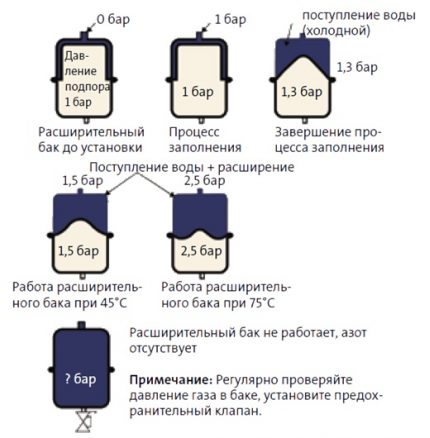
The tank volume for more capacious systems, the circuit of which circulates more than 150 l, is most conveniently calculated using the parameter of the total system volume and the table for selecting the tank.
To calculate the total system volume, you can use the following methods:
- Measure the volume of coolant circulating in all the individual elements of the system (boiler, radiators, pipelines), followed by a summation of the results. This method is highly labor intensive, but at the same time is the most accurate.
- Multiply each kilowatt of boiler power by 15, assuming that on average about 15 liters of coolant are consumed per 1 kW. This method is simple, but it should be remembered that you can only trust the result when you are confident in the correct selection of the heating element for the system.
- Drain all the water from the system and refill it, calculating the required displacement.
You can also use formulas or an online calculator to calculate the required tank volume. Why do you need to know the volume of the coolant, its temperature and pressure in the system.
The method with the formulas is more complicated and the volume obtained as a result of the calculations will not differ significantly from the rough calculation given above. Moreover, the found value has to be rounded up.
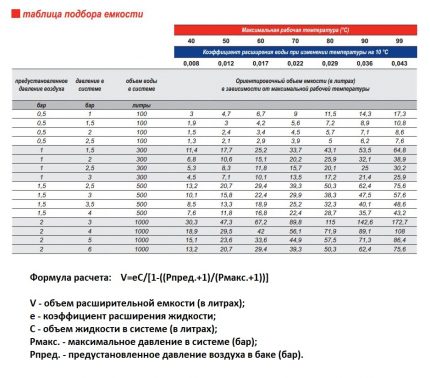
The most practical solution when choosing will be an expansion tank designed for closed heating systems, equipped with safety valve.
The reason is that when pressure is thrown to critical standards, the device will come into operation and release it. That is, this valve is able to significantly increase the safety of the entire heating system.
When buying a tank, it should be borne in mind that red paint is most often used to designate the expansion tanks used for heating.
This feature will help to distinguish the desired product from other similar ones, for example, similar in size and shape of the tanks for water supply - accumulatorswhich are predominantly coated with blue enamel.
But if necessary, you can find tanks of various colors, which will help to place the desired in any room without reducing its aesthetic qualities.
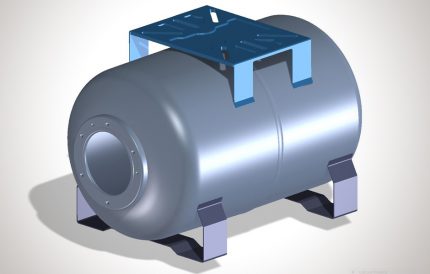
You should also pay attention when choosing the quality of the materials used in the manufacture of the container body, membrane. And there is a guarantee for the purchased equipment and manuals for installing and connecting it to the system.
How to install?
Any significant restrictions affecting the location expansion tank installation in the system, no. Nevertheless, it is advisable to install at any convenient point on the return pipe of the existing heating system.
The reason is that the coolant there is cooler. And this allows you to significantly extend the resource of the expansion tank, its membrane.
In addition, if you install a tank near a solid fuel boiler, then in certain situations, steam can enter the coolant chamber. As a result, the capacity will lose the ability to compensate for the expansion of the coolant.
There are two ways to install the tank. These include installation:
- on the wall;
- On the floor.
But it should be understood that the first option is intended only for cases when the expansion capacity has a moderate volume.
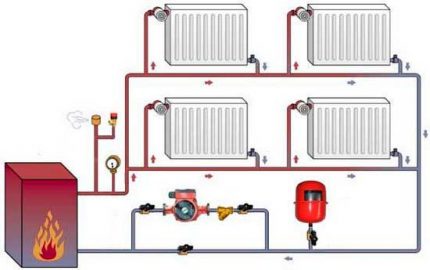
Do not save on connecting the tank to the heating system.
So this procedure should be performed using:
- a shut-off valve with a so-called “American” - this structural element will allow you to quickly decommission the tank, and if necessary replace it, without waiting for the coolant to cool;
- tee with a drain cock, which will allow you to quickly empty it before replacing the tank;
- pressure gauge for measuring pressure;
- safety valve or nipple for adjusting the pressure inside the equipment.
After installing the tank, it will have to be properly configured, taking into account the manufacturer's recommendations given in the instructions for the purchased equipment. So that the pressure in the tank is appropriate, i.e. smaller than in the system, which will allow the membrane to deform when the coolant is heated.
If the calculations were not performed correctly and a tank of a smaller volume is placed in the heating system, then it will not cope with its duties, but you can correct the error.
Why do you need to purchase and install a second capacity in the system. The capacity of which is the difference between the required volume and the available tank in the system. This method will reduce financial losses.
Operational Maintenance
It must be remembered that during breaks in use, tanks, like other components of the heating system, should be emptied, followed by drying. This item should not be ignored, as its non-observance will lead to corrosion and reduce the life of the unit.
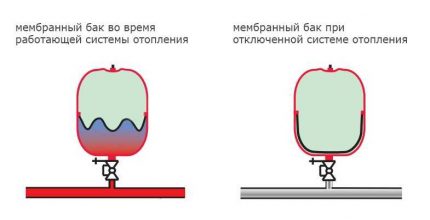
When using any closed tank, owners should regularly perform a number of simple operations.
Which include:
- periodic inspections for corrosion, mechanical damage - such a procedure should be carried out twice a year;
- checking the pressure in the system, which is carried out every six months;
- periodic inspections of the integrity of the membrane - such operations are performed according to the manufacturer's recommendations.
And besides, throughout the operation, users will have to comply with the requirements for acceptable temperature and pressure standards.
For repair of tanks, exclusively original components should be used, as this will ensure not only the desired performance, but also safety of use.
With the rules and features of the selection of the expansion tank for open heating systems will introduce next article read which is worth the owners of houses with open heating circuits.
Conclusions and useful video on the topic
The first video will help to understand the features of modern expansion tanks, their correct choice:
The following video will provide an opportunity to understand how to correctly install the purchased expansion tank:
The closed tank is a practical, durable, efficient and safe solution for the heating system. But in order to get the expected result, it is necessary to make the right choice and installation of the product in the heating system and its setting.
Please write comments in the block below, share useful information and photos on the topic of the article. Tell us about how to choose a closed tank for the heating system in a country house. Discover your technological secrets that will be useful to site visitors.

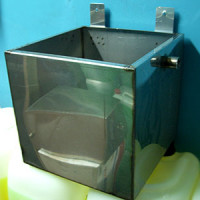 Expansion tank for open heating: device, purpose, main types + tips for calculating the tank
Expansion tank for open heating: device, purpose, main types + tips for calculating the tank 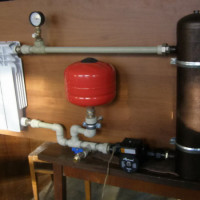 Expansion tank of the heating system: device, calculation and selection of the best option
Expansion tank of the heating system: device, calculation and selection of the best option 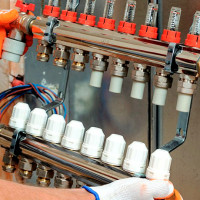 Collector for heating: principle of operation, installation and connection rules
Collector for heating: principle of operation, installation and connection rules 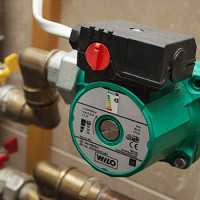 Selection of a circulation pump: device, types and rules for choosing a pump for heating
Selection of a circulation pump: device, types and rules for choosing a pump for heating 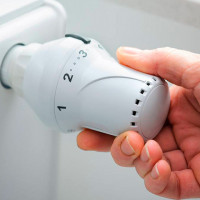 Thermal head for heating radiator: device, functioning + installation procedure
Thermal head for heating radiator: device, functioning + installation procedure 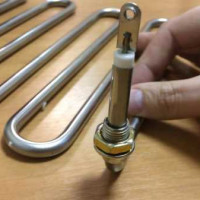 Heating elements for heating: types, principle of operation, rules for the selection of equipment
Heating elements for heating: types, principle of operation, rules for the selection of equipment  How much does it cost to connect gas to a private house: the price of organizing gas supply
How much does it cost to connect gas to a private house: the price of organizing gas supply  The best washing machines with dryer: model rating and customer tips
The best washing machines with dryer: model rating and customer tips  What is the color temperature of light and the nuances of choosing the temperature of the lamps to suit your needs
What is the color temperature of light and the nuances of choosing the temperature of the lamps to suit your needs  Replacement of a geyser in an apartment: replacement paperwork + basic norms and requirements
Replacement of a geyser in an apartment: replacement paperwork + basic norms and requirements